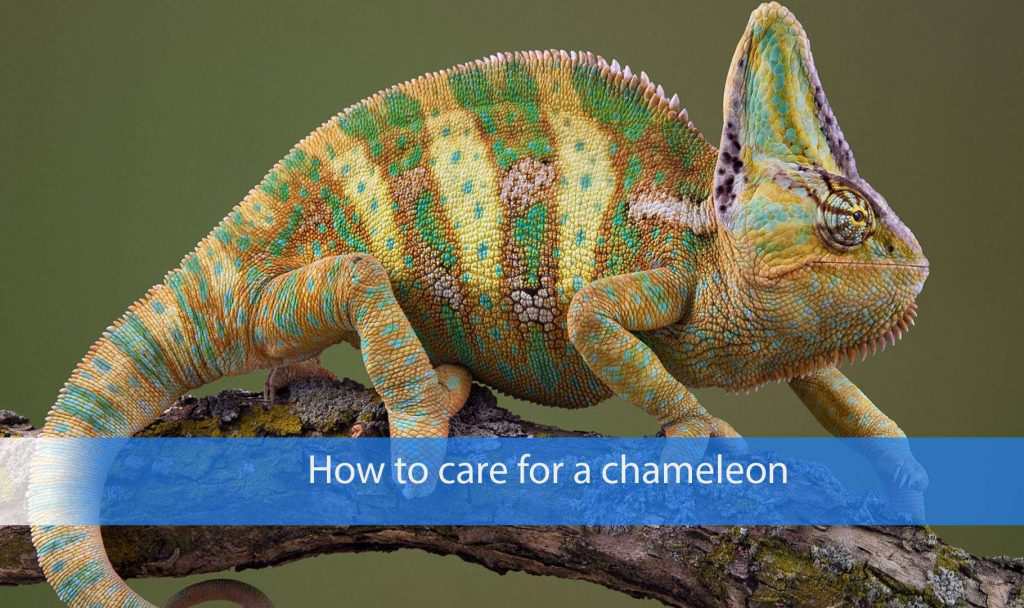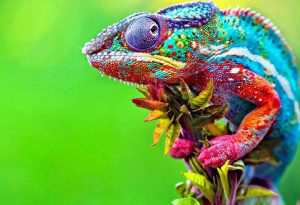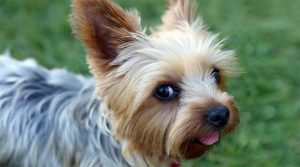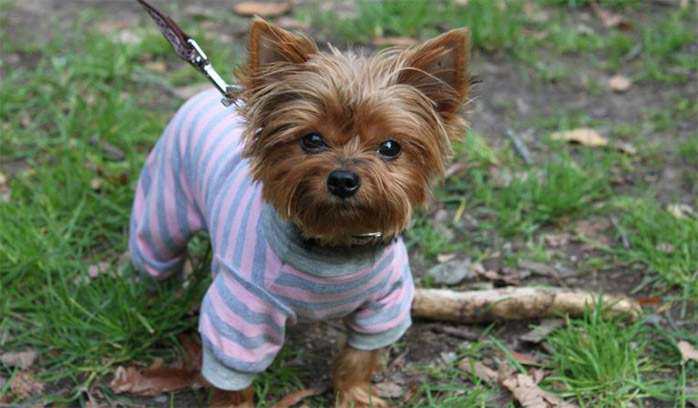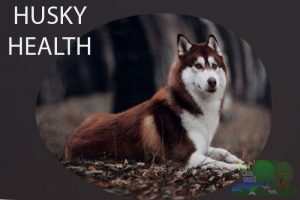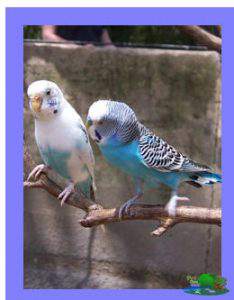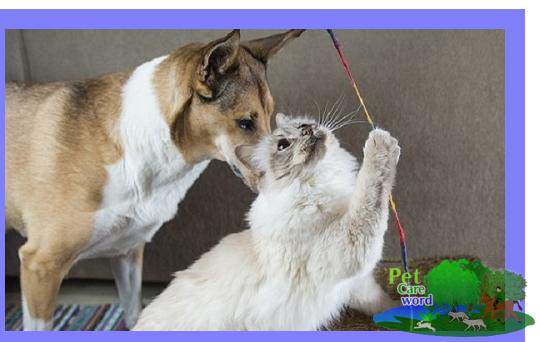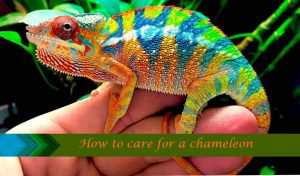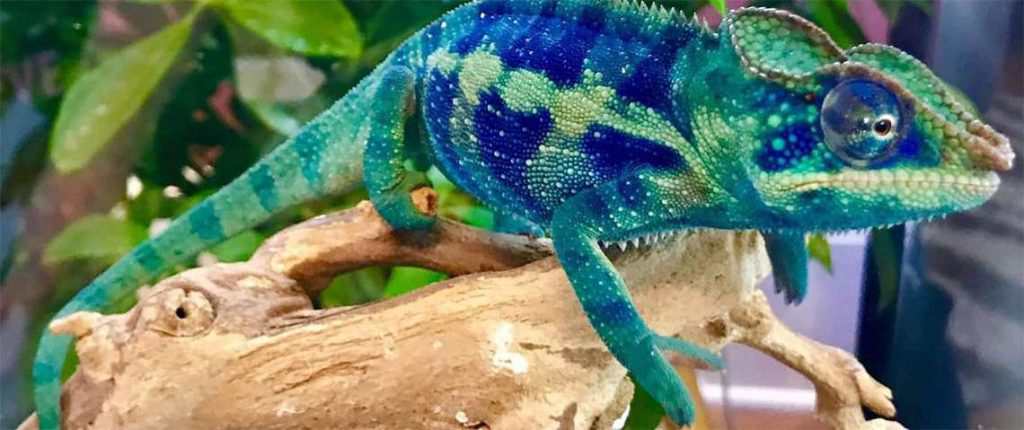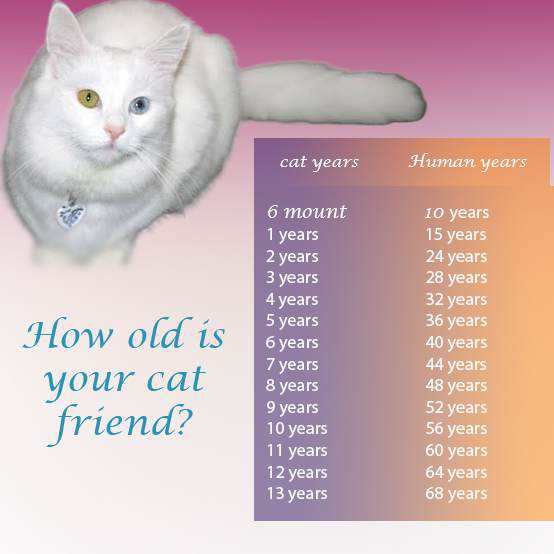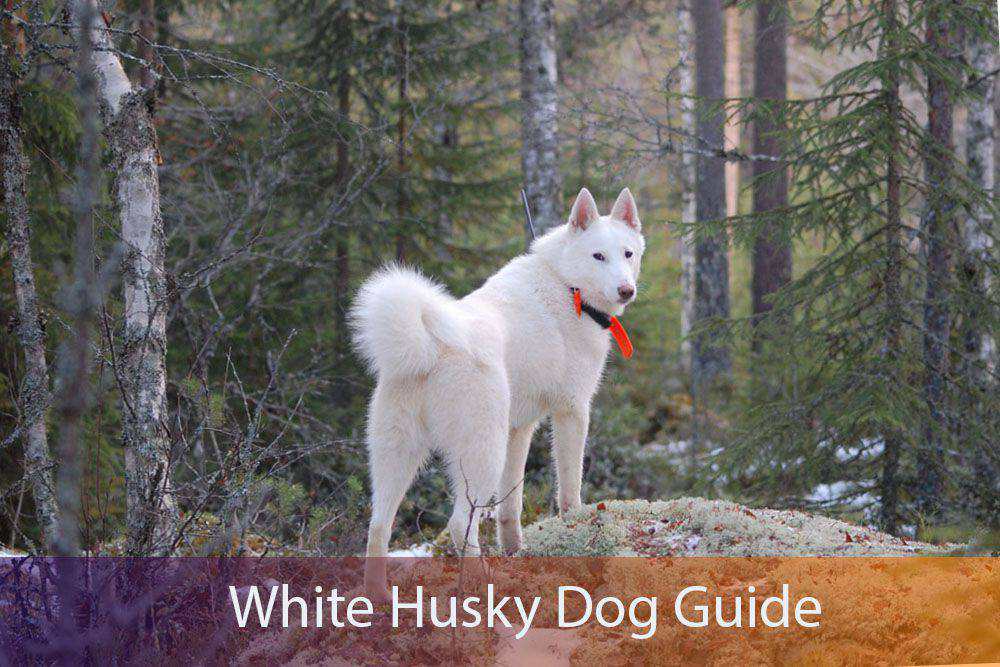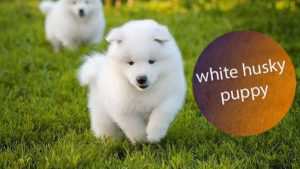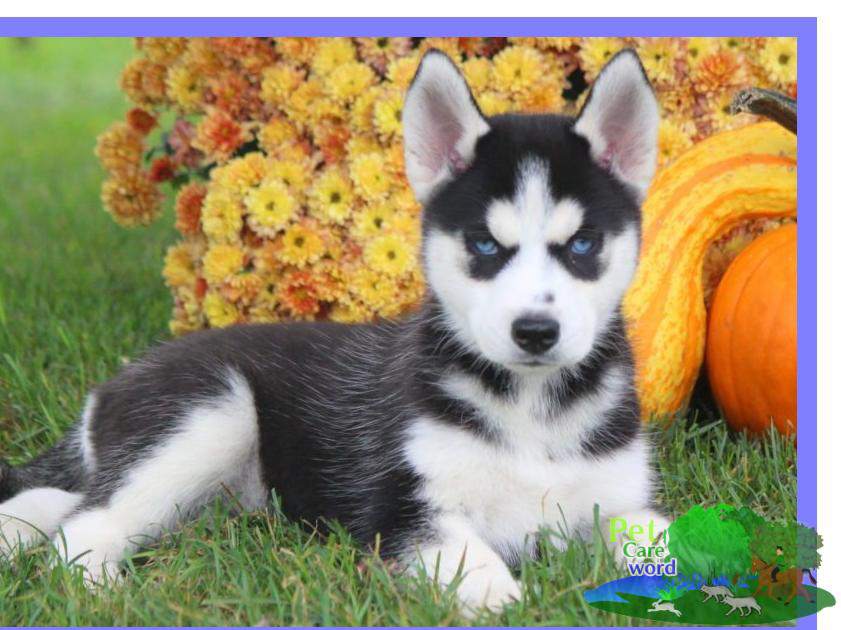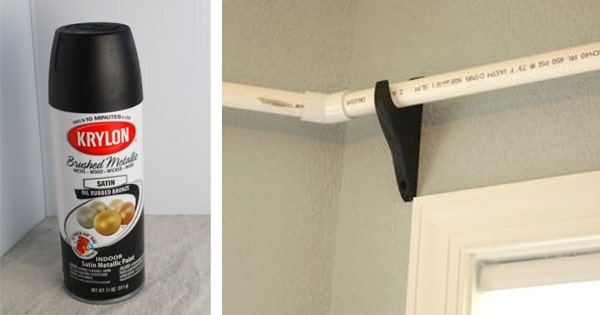We know a lot about animals like cats, dogs and birds,but what about toads? Where does the toad live and what do toads eat? There are a lot of types toads and They must be fed to survive, but how? Let’s learn together..
What do toads eat?
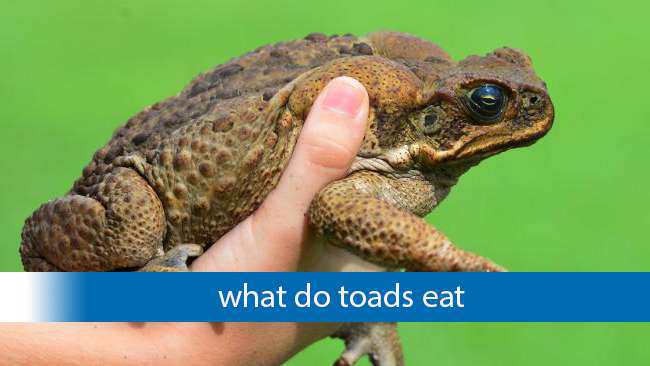
As everyone knows, they catch their prey with the help of their tongues and pull them in. They often swallow insects without chewing. The reason for this is the tooth structure. What do toads eat ? In general, frogs seek their prey at night. Since frogs cannot hunt large animals due to their nature, they feed on insects, spiders, worms and tiny fish by hunting small animals.
They can also be prey
Only because he has teeth in the upper jaw, his teeth are not enough to break his prey. As a cycle of nature, of course; frogs also have hunters. Among them; There are raccoons, heron, turtles, snakes and humans.
Frogs have tactics to protect themselves in order not to hunt, or to feed other creatures. They developed this tactic with venom glands. They generally use their colors to protect themselves. For example; in vivid colors such as red or yellow, they say “I am poisonous” or “I have a bad taste.”
They also have the opportunity to observe their surroundings very well because they have large eyes. In this way, they protect themselves from their predators.
Wildlife For Toads
The Toad is an animal from the Vertebrates, the Amphibians class, the Frogs team, and the Toad family. It is 12-20 cm tall and looks ugly. He spends most of his life on land. When it enters the water to lay eggs in the spring, the female lays thousands of eggs on the aquatic plants. Tadpocks hatch at the end of April. Dark brownish tadpoles become adult when they exceed 2.5 cm. Adult frog can breed in 4-5 years.
They are tailless and toothless frogs. Their language is front-bound. It leaps and sticks to its prey. They are frogs adapted to live from the dry climate. Their skin is dry and warty. however, they are basically water-bound animals. If they are thirsty for a few days, they will die. In addition, water is necessary for their mating.
They live in shady places during the warm months of the year. If the air temperature gets too high or the humidity decreases, they are drawn to the underground cavities. They hibernate in children who are under these layers in winter. They feed by eating everything that moves around them, can be eaten and to certain sizes. Almost all types sound. The sound sac is very flexible and can expand to double the size of the whole body. The sound it makes at normal time, the sound it makes at mating time is different.
Toads may be of interest with their different colors and looks. There are many types of toads and one of them is fire bellied. Fire Bellied Toad is a tropical climate creature. It is necessary to provide a living area close to its nature for this Frog species, which is also fed in terrariums in the home environment.
What do fire belly toads eat?
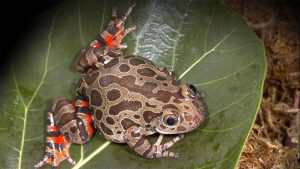
Fire Bellied Toad; It feeds on feeds such as crickets, flour worm and grasshopper. As with most Reptiles and Amphibians, calcium and vitamin drops should be added to their feed. Clean and rested water must be present in the terrarium.
Terrarium
A 40 × 30 terrarium will suffice for one Fire Bellied Toad. The ambient temperature required for this Frog, which is a tropical climate creature, should be at least 25 and at most 30 degrees. One UV-b lamp and one heating lamp will be sufficient as lighting in the terrarium. The lighting should remain on for at least 10 hours a day and the lighting should be kept in a part of the terrarium. At least half of the terrarium should be separated as a cool area and the Frog should be able to cool down by switching to that area whenever it wants.
There should be plenty of plants, bark and pieces in the terrarium. Thanks to these tree bark, areas where they can be stored at any time should be created.
Another area that should be in the terrarium is the water area. Since Fire Bellied Toad is an Amphibian, it requires both aquatic and terrestrial areas. In the terrestrial area, moist soil or sphagnum moss should be present as the base material, and in the aquatic region, a water area where it can swim should be constructed.
General Care For Fire Belly Toads
Fire Bellied Toad genus Frogs live in groups in nature. Therefore, feeding at least as a couple makes them happier. They don’t like being handled very much. It should not be handled unless it is necessary.
Those who reach adulthood find a maximum of 6 cm. It can live up to 10 years when a good care and necessary environment is provided.
And another type of toad is horned toads . Horned toads as known horned lizard. The horned lizard has a face that looks like the face of a toad. The reason for the horned lizard to become famous in this state is that it can spray blood from the eyes.
How big do horned toads get?
The horned lizard can be up to 12.50 centimeters long. His body is wide, flat and almost circular. His legs and tail are short. There are backward thorns on his head. These are called horns.
The back of the toad is also covered with smaller spines. Some of these toads are small because the thorns are small, and some with short horns, because the thorns are large (long horns). As these two types and in all toads are known, their bodies are covered with scales. But this reptile also has large spiky scales. Usually the edges of the body are surrounded by large flat scales.
Types Of Horned Toads
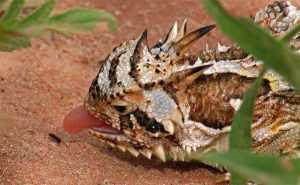
There are 12 types of horned toads. They live in areas starting from the other side of the Canadian border, continuing south and extending from the west of the United States to Mexico. The most common species is the Texas horned lizard. This animal is found in the part from Nebraskar to Mexico, Chihuahua and Sonora.
This toad lives in deserts and semi-desert sand sandy soils from lowlands to 3,000 meters high. What do horned toads eat? He drinks dew drops and eats insects, especially ants.
The horned toad slowly approaches the hunt; When he gets close enough, he stops and gently tilts his head towards his victim. Then he stretches his thick tongue and takes the beetle to his mouth in the blink of an eye.
As the day ends, the toad buries himself in warm sand. The reptile puts his nose in the sand. It folds and bends well, opening a place where it can lie in a semi-buried state. Or he buries his whole body and only the top of his head remains exposed.
Breed for Horned Toads
As the autumn approaches, the horned lizard remains buried in the sand longer. Going deeper in winter, he sleeps drowsy. Most horned toads lay eggs. The female digs a 15-centimeter deep hole in the sand between April and July. He does this with his front feet. It pushes the sand back with its hind legs. The female lays up to 30 eggs, each 1.25 cm tall, oval in shape, yellowish-white, with a hard shell, in the pit. Then he covers them with sand and leaves. Eggs hatch in a period of up to 90 days. This period varies by breed.
Some horned lizard varieties give birth to their offspring alive. They can nest up to 30 lizards at a time. These puppies come out of the cracking eggs just before birth. Their height is 3.10 inches initially. The horned toad has few enemies. The reason for this is that the armor and its colors are suitable for camouflage. Snakes sometimes eat these toads, and many times they pay for it with their lives.
Because the lizard’s thorns can sink into the soft wall of the snake’s sink. These reptiles are also successful in camouflage. Not only are they buried in the sand; The spots on their bodies also take on the color and shape of the sand or pebbles according to the environment they live in.
The horned toad is said to spray blood from its eyes when it is afraid. But those who feed in their homes or those who see them in their surroundings have claimed that this is not true.
What do toads eat FAQ
As everyone knows, they catch their prey with the help of their tongues and pull them in. They often swallow insects without chewing. The reason for this is the tooth structure. What do toads eat ? In general, frogs seek their prey at night. Since frogs cannot hunt large animals due to their nature, they feed on insects, spiders, worms and tiny fish by hunting small animals.
Cat food can harm toads. So don't give them cat food
Although wild toads don't make great long-term pets, they are relatively cheap to care for and can be fun to look after for a while. By knowing how to catch, house, and feed for your toad, you can find a pet that'll love being cared for.
